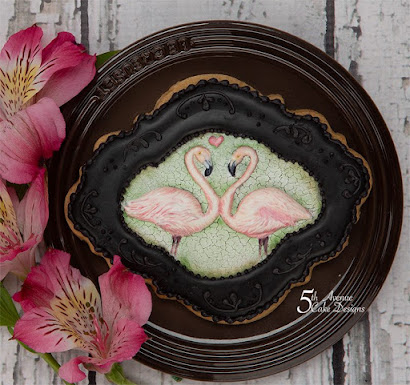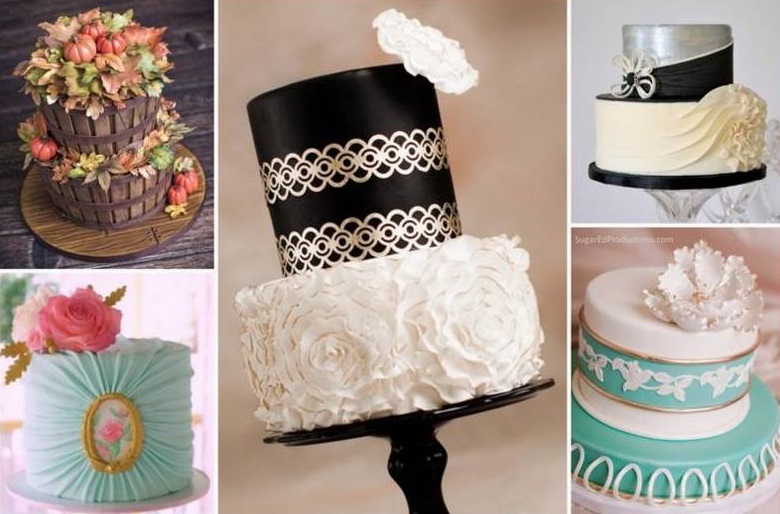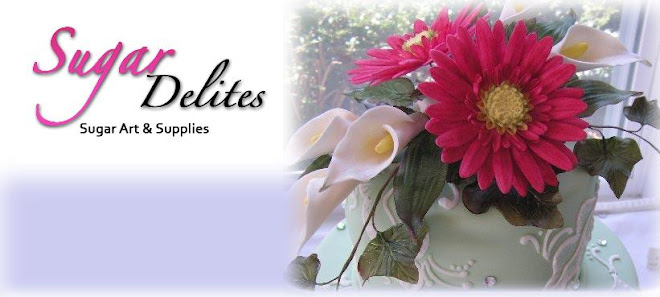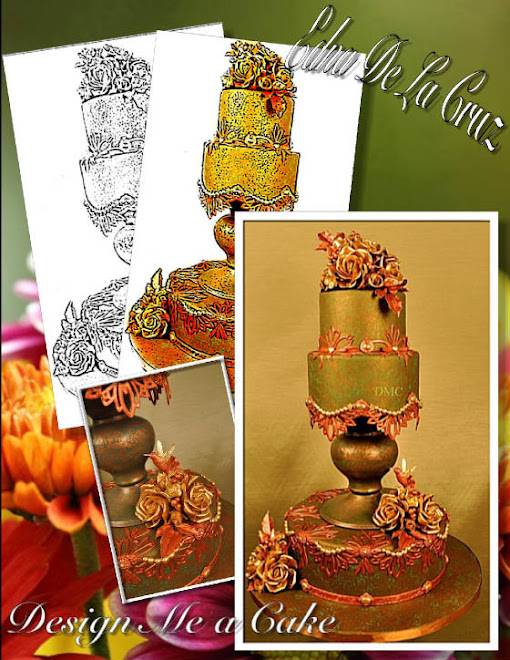One of my favorite tasks is to make birthday cakes for my great-nephews.
At our family Christmas gathering, my 6 year (soon to be 7 year old.) nephew, Ryan, approached me.
"I know what I want for my birthday cake" he said shyly.
"Oh yeah? What would you like?" I asked innocently.
" A Bakugan" he gushed excitedly.
" A What?!" I asked
With the look of unbridled excitement, he gushed again." A Bakugan!!"
He was met with a rather blank stare.
"Okay. Can you say that slowly? I am not quite understanding what you are saying."
Realizing that he was either dealing with a person who was hard of hearing or somewhat dense, he repeated it again ...veeerrrrryyyy slooooooowly.
" A---Bak---U---Gan."
Again a blank stare.
"Hmmm. I have no idea what that is." I said.
He ran across the room, picked up a strange tiny ball and began to prattle excitedly about
fire breathing dragons
and other things that made my brain explode into a thousand shattered pieces.
It was at that time that his mother came to the rescue. "It is just a ball, Aunt Jacque," she said dryly , " just a simple ball cake."
I looked at Ryan. He looked a bit disappointed. "Yeah. Just a ball cake." he agreed dejectedly and quietly walked away.
I could tell by his reaction that this must be no simple ball cake and decided I had better learn more about this Bakugan phenomena! Realizing in short order that this was NO ordinary ball, I had to come up with a rather awesome Vestroia Hyper-Pyrus Dragonoid!!
I have to confess it was a battle to the end with the dragon! But the final result was a birthday party of little boys huddled around the cake with whispered exclaims of awe. Between you and me...that made it well worth the struggle!
Here is the process I used; and hope it can save you a few scars in battling your own sugar dragon.
1. Cut one 9" wire, one 7" wire and two 4" wires. Wrap each wire with floral tape, the twist wires together, as shown below using the 9" as the body, the 7" as the legs and the two 4" wires for the wings and arms. Place a 5" bamboo skewer in the center and re-wrap wires again with floral tape, securing skewer and twisted wires in place. ( This is very important. It keeps the structure from bending until completely dried)
2.Moisten body with gumglue and cover body with white gumpaste.
Set aside to dry.
3. Roll out red gumpaste very thinly and cut out wings using the pattern above..
Lay over an empty wax paper roll ( or flower former ) to give curve to the wings.
4.When body is dry, using golden brown gumpaste, cover the underbody of the dragon from the tail to the head. Cover the upper legs and all of the arms.
5.Cut strips of white and overlay in a honeycomb pattern over the golden brown under body.
6.Then make white spikes and place on top of the upper body, securing with gumglue.
7. Form legs and feet using red gumpaste. Remember to leave wire extending from the feet so bamboo skewers can be taped to them. This will secure them into the cake.
8. Make the head from red gumpaste and secure in place with gum glue.
9. Cut little strips of red and begin covering the topside of the dragon, starting at the tail and move up to the head, overlaying the strips like scales.
10.Roll out red gumpaste and cut another set of wings.
Sandwich the newly cut wings and the dry wings over the wires
securing with gumglue.
11. Finish detailing your dragon by adding claws, teeth, eyes and horned head using white gumpaste.
Touch up with gold luster dust mixed with Everclear alchohol.
Once completely dry, secure the wires extending from the legs to bamboo skewers using floral tape. Insert straws into your cake where the dragon's feet will be located. Insert the skewers into the straws on your Bakugan Ball Cake.
This dragon is rather heavy, so be sure your cake is a dense texture.
You can also make your Bakuball from Fondant covered Rice Crispie Treats.
This is not an easy task..and it is time consuming.
But, it is well worth seeing the
awestruck expression on a seven year old boy's face!
And hey...who doesn't like to conquer a dragon once in a while?
Tutorial and Photography by Jacque Benson 2010.all rights reserved.
This material may not be republished or reproduced in any manner without the expressed permission of the author.


































































